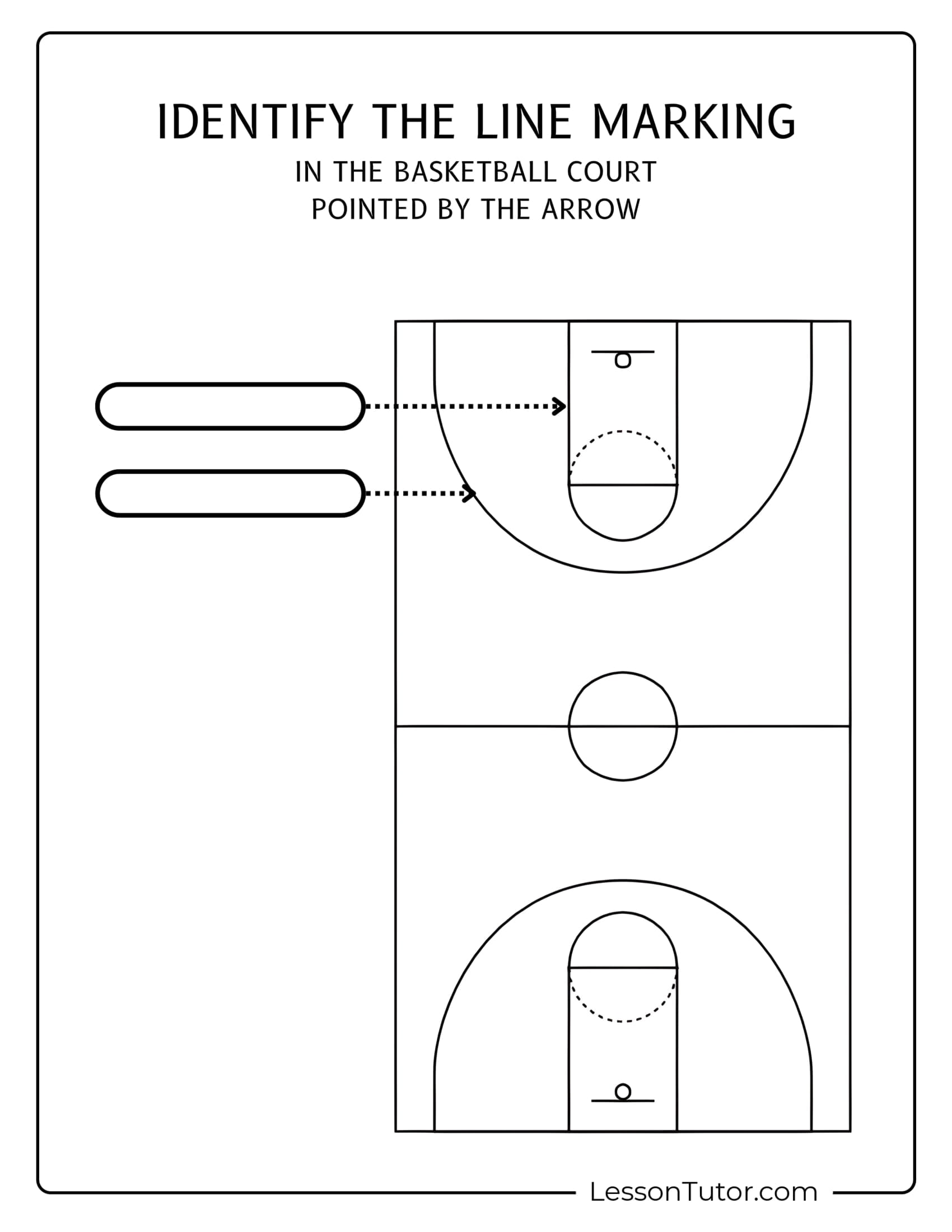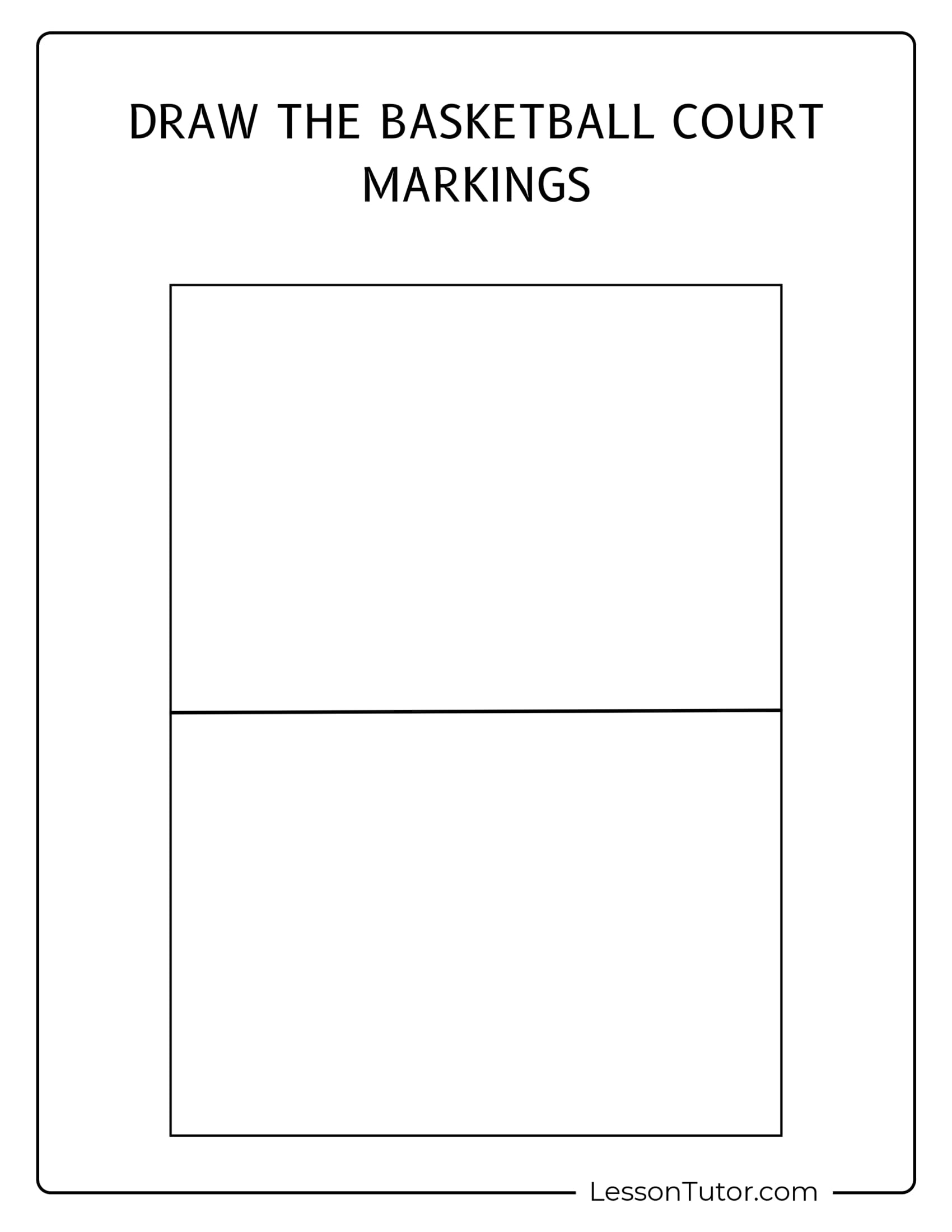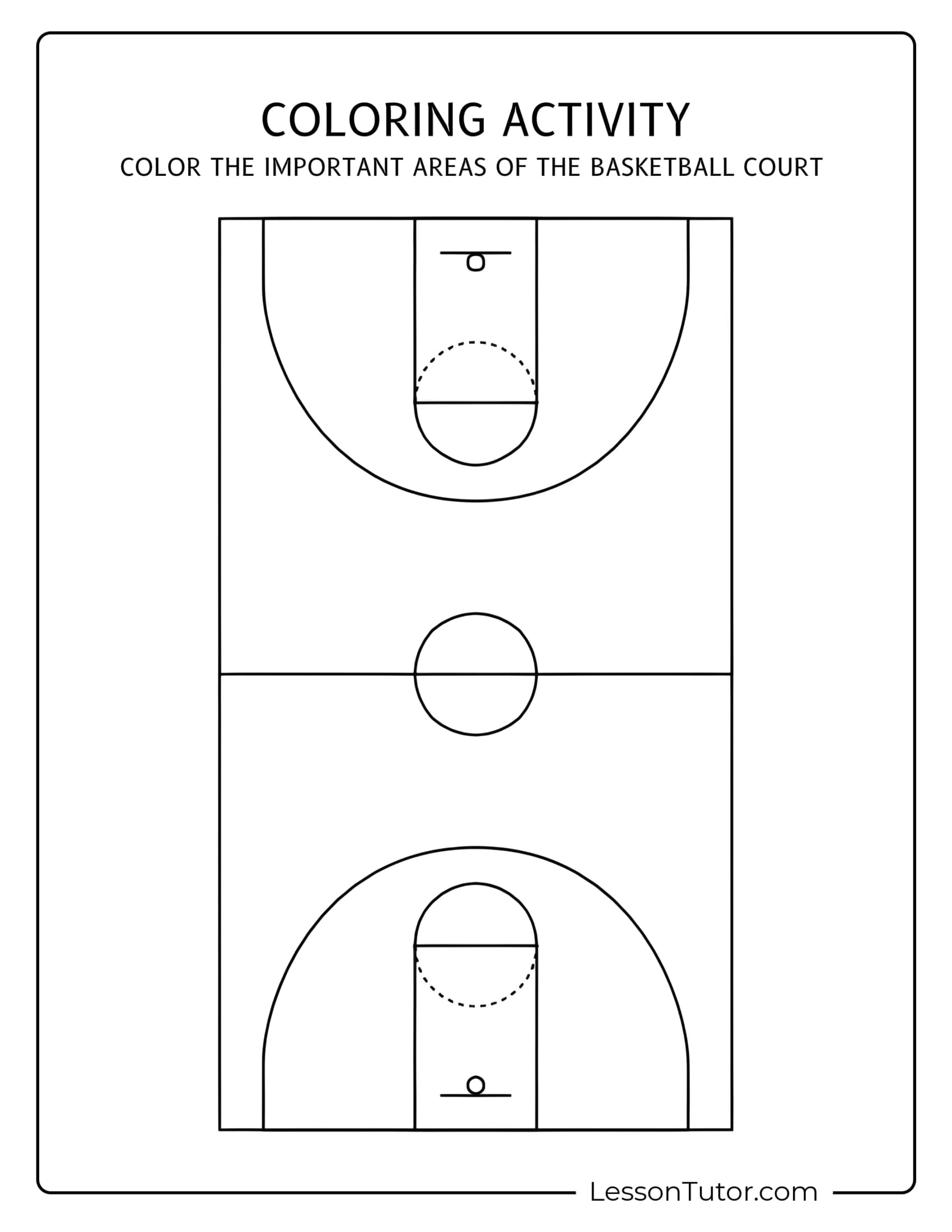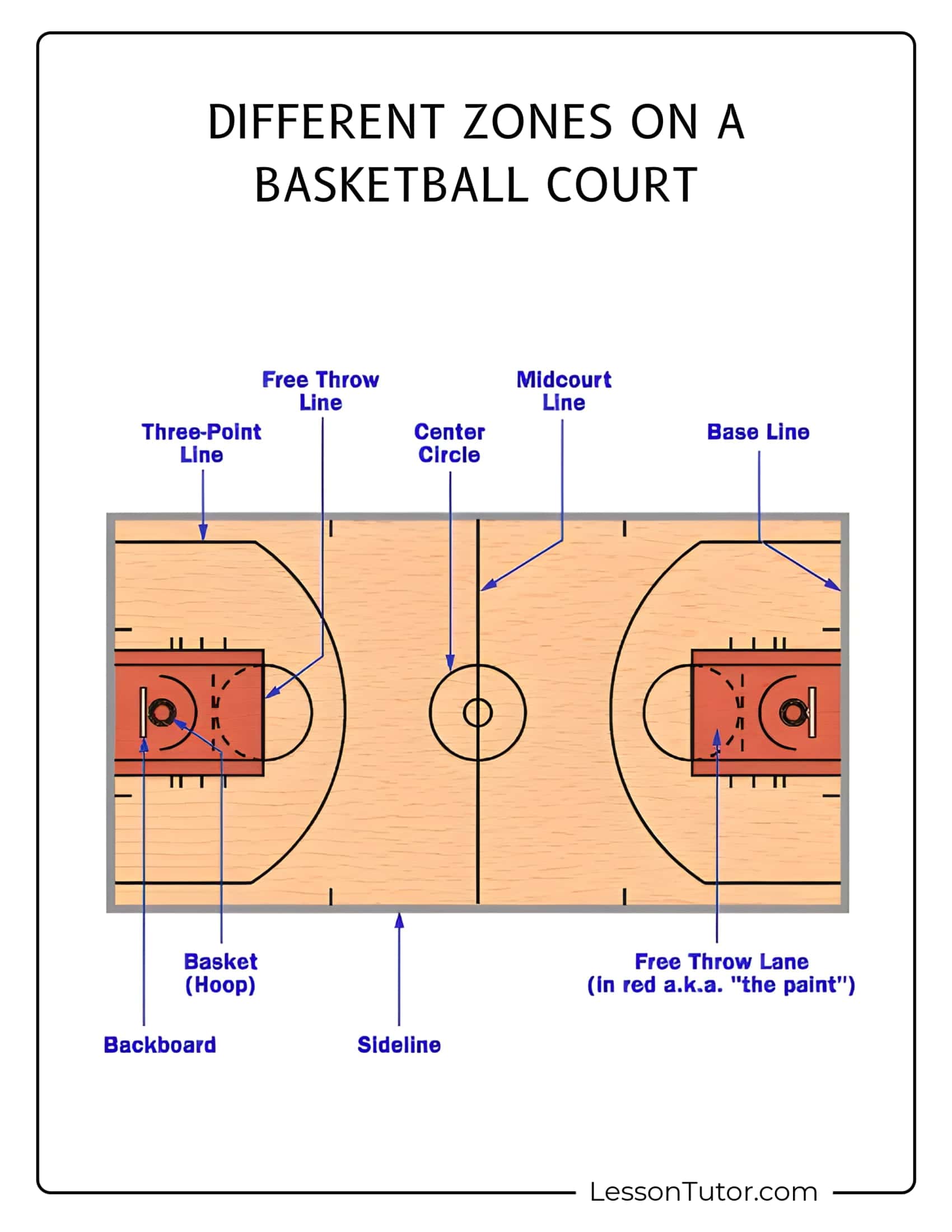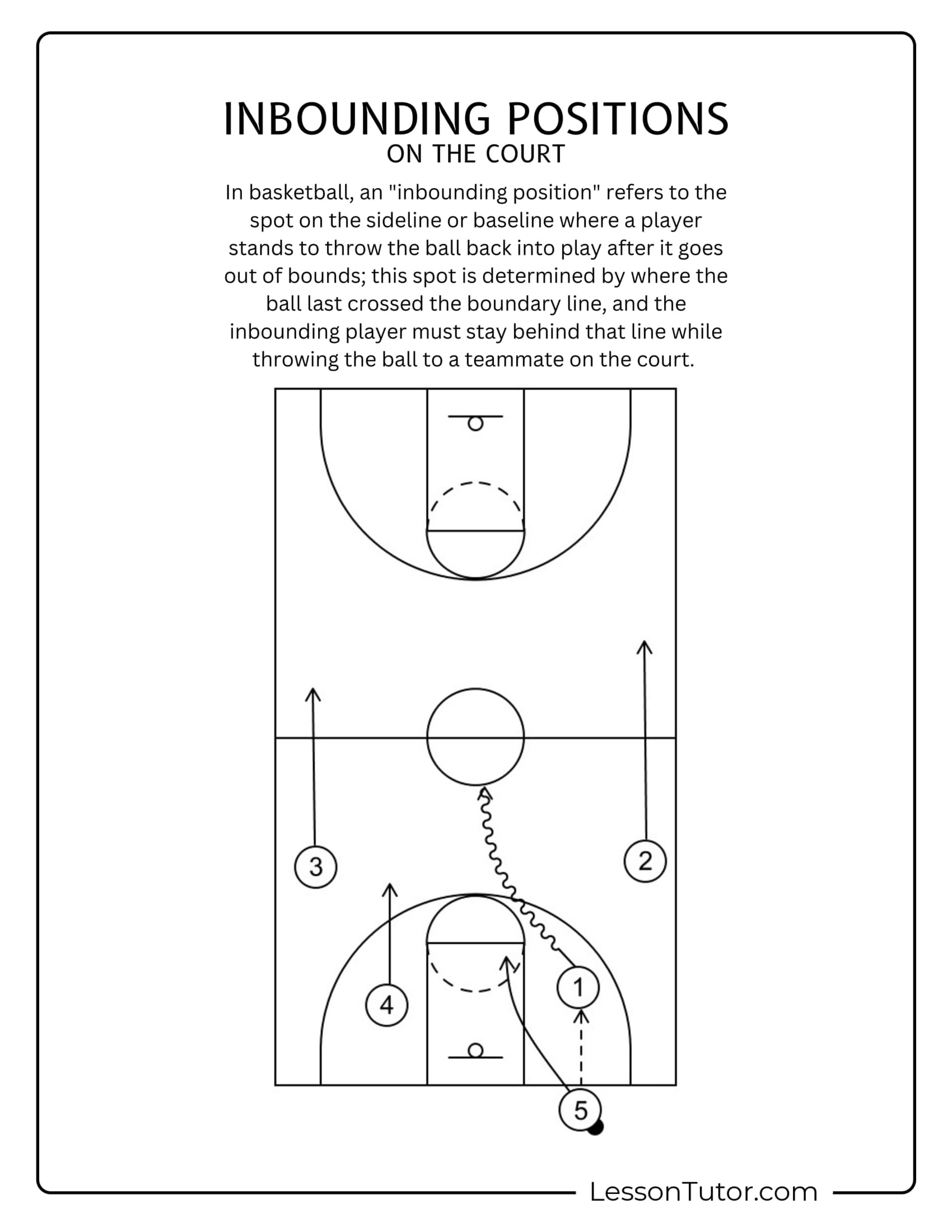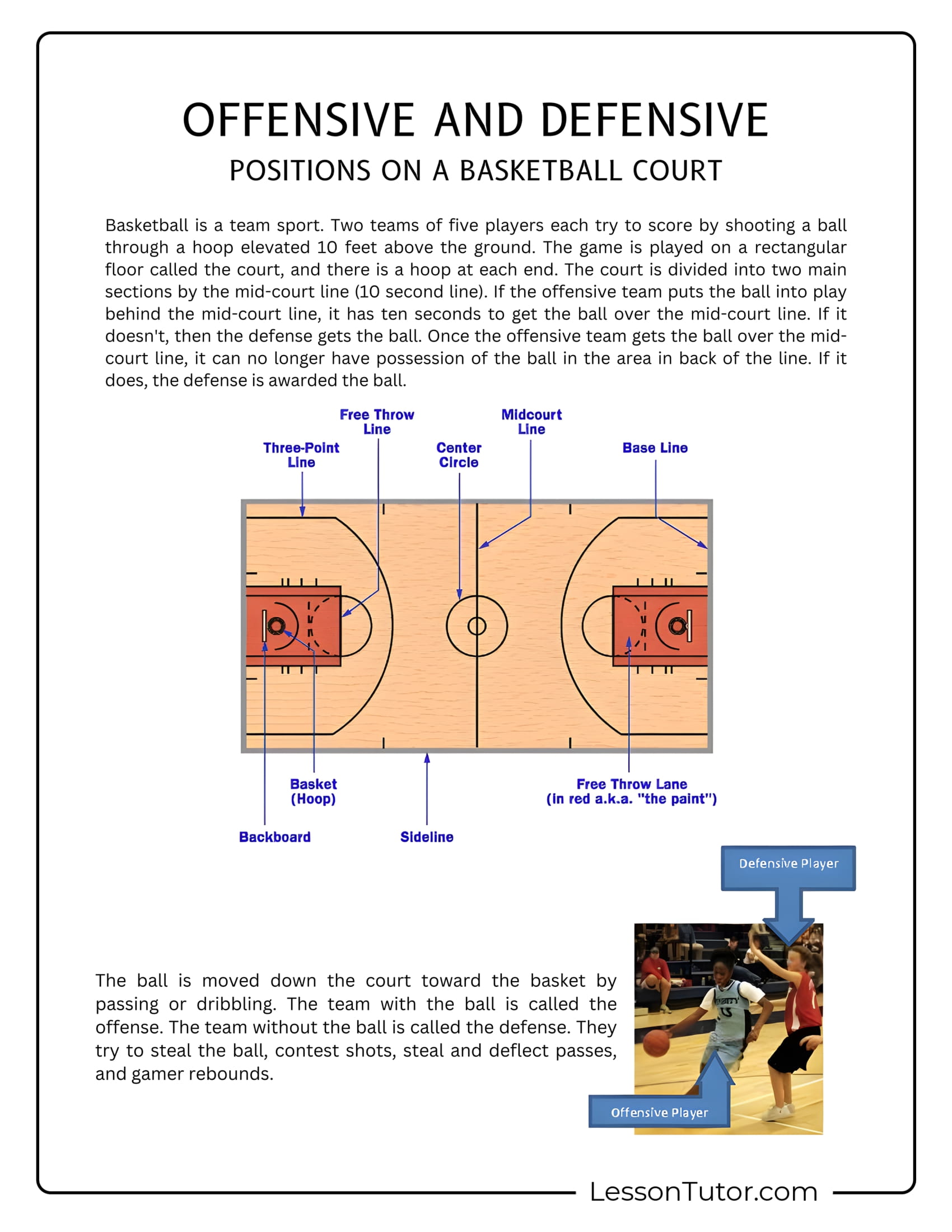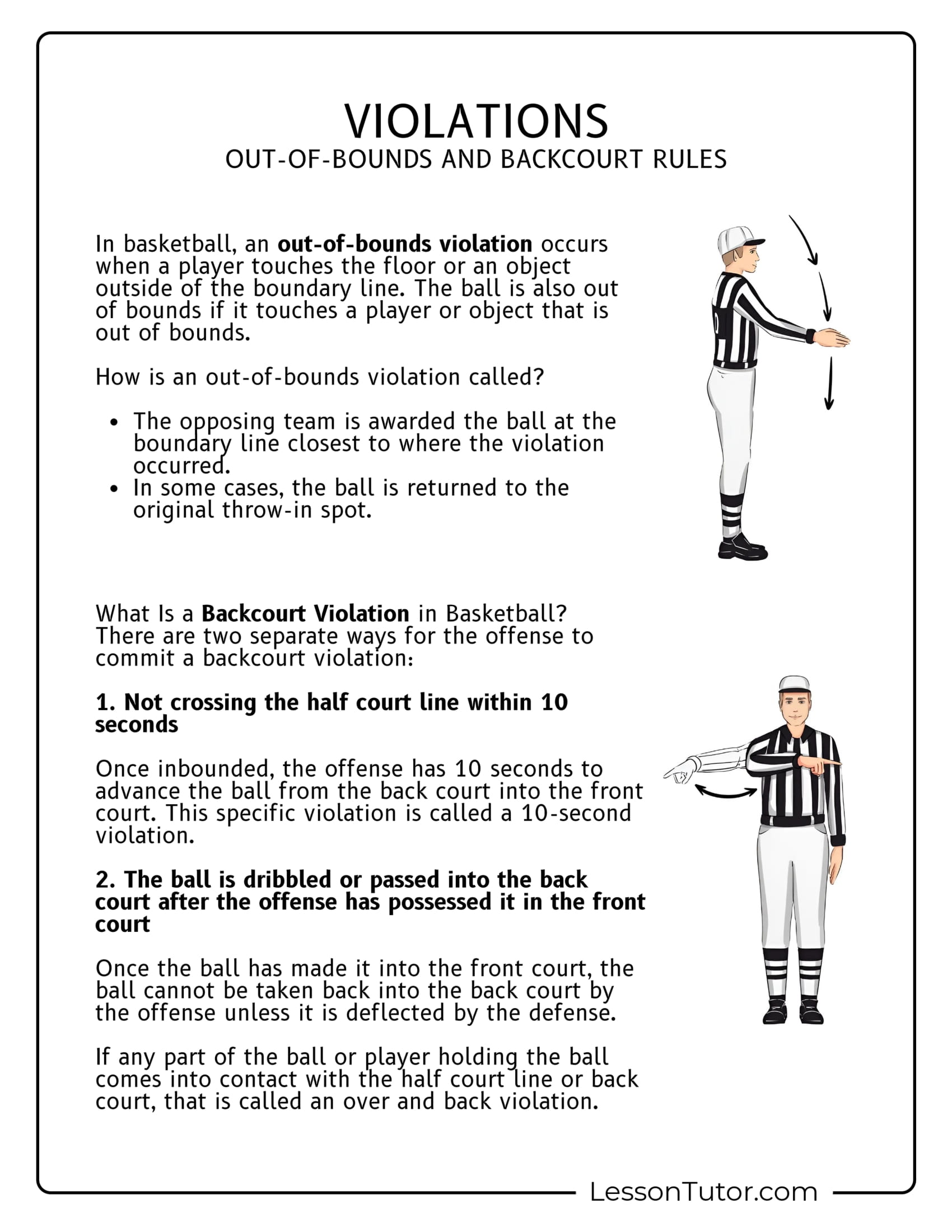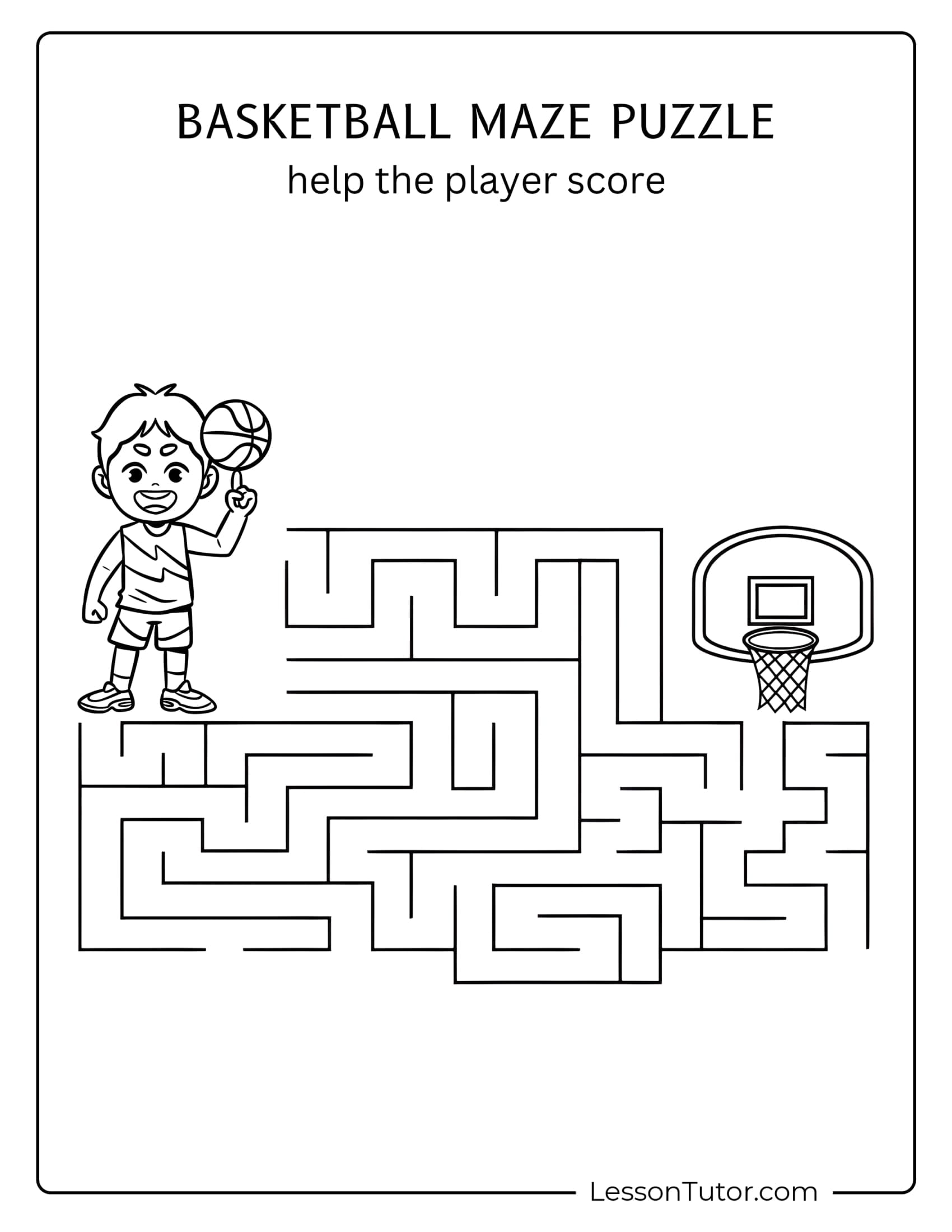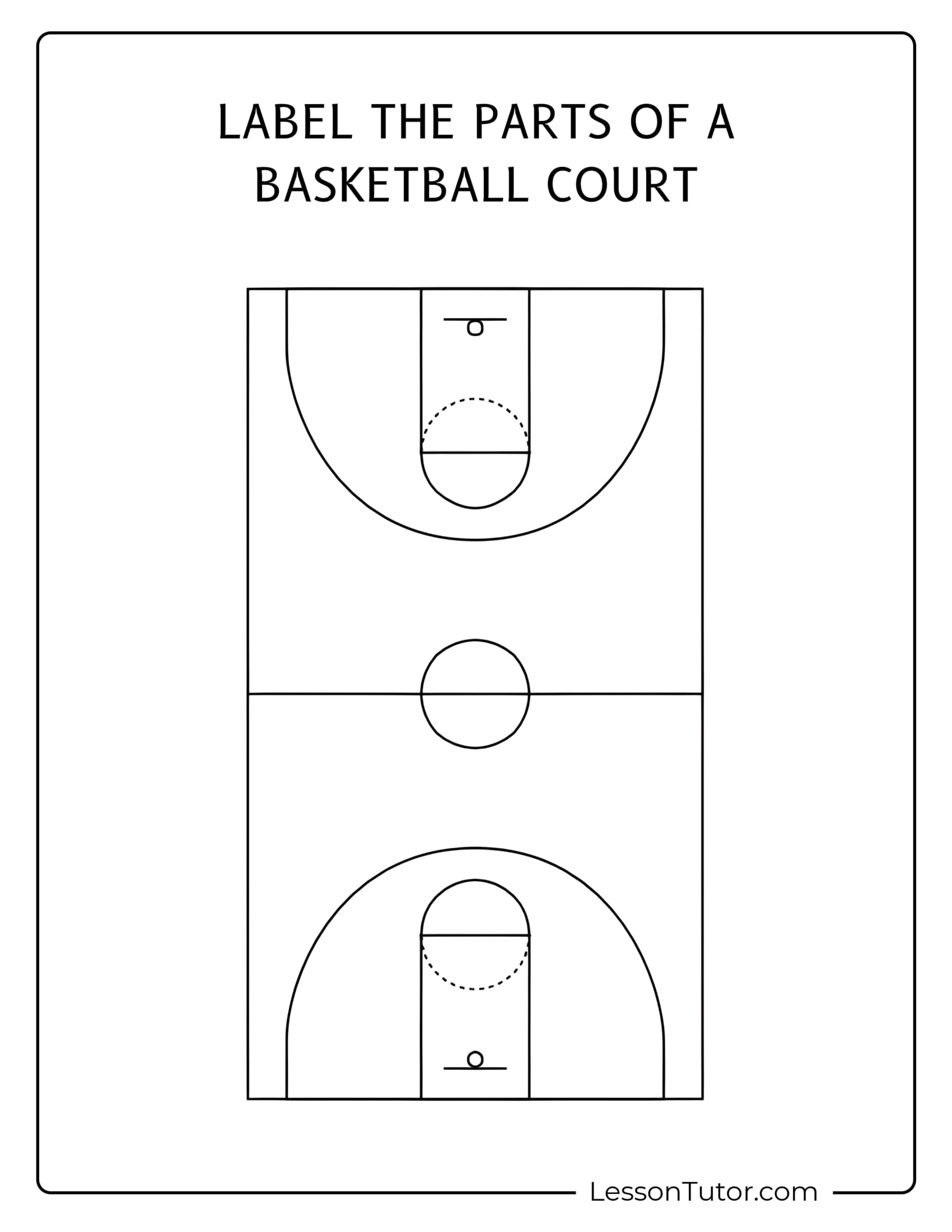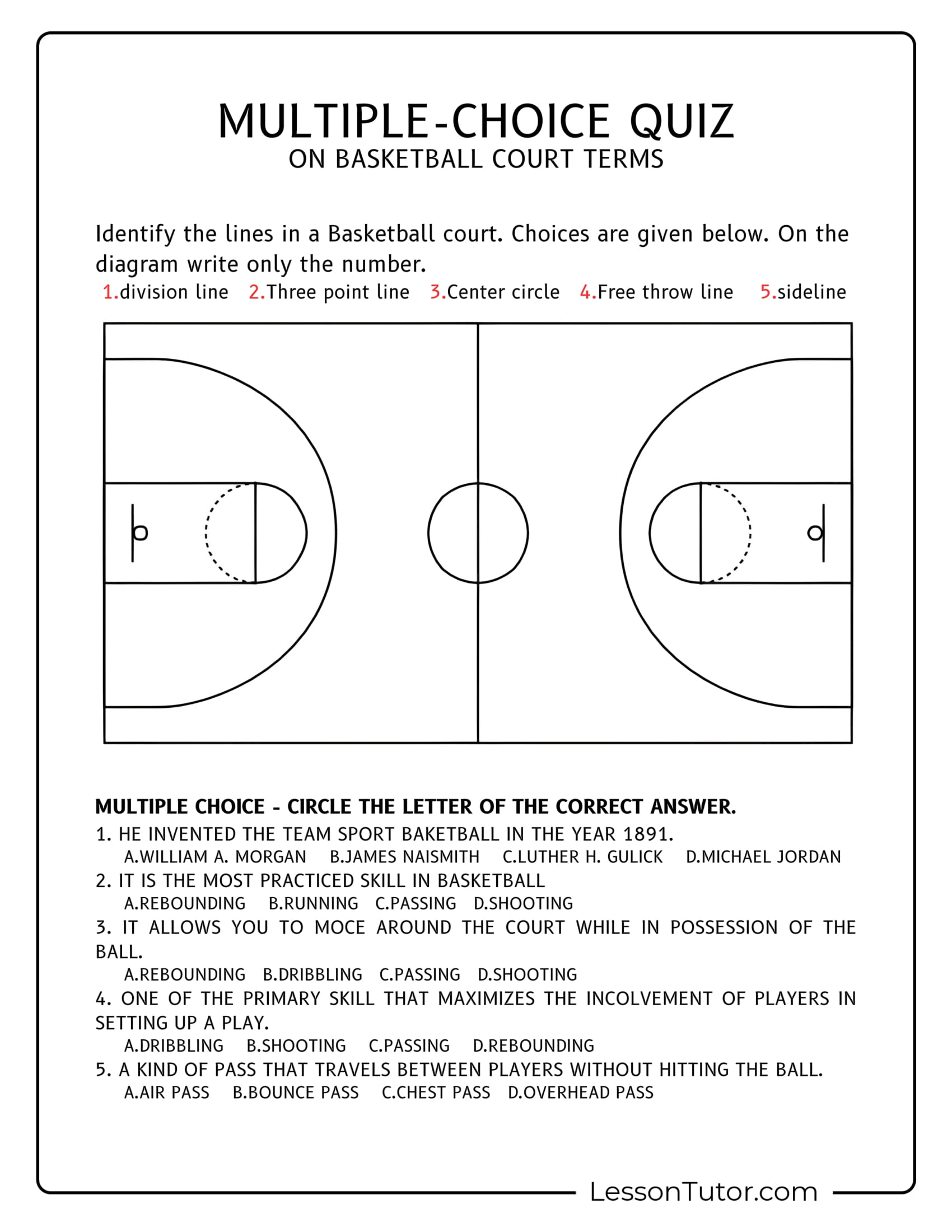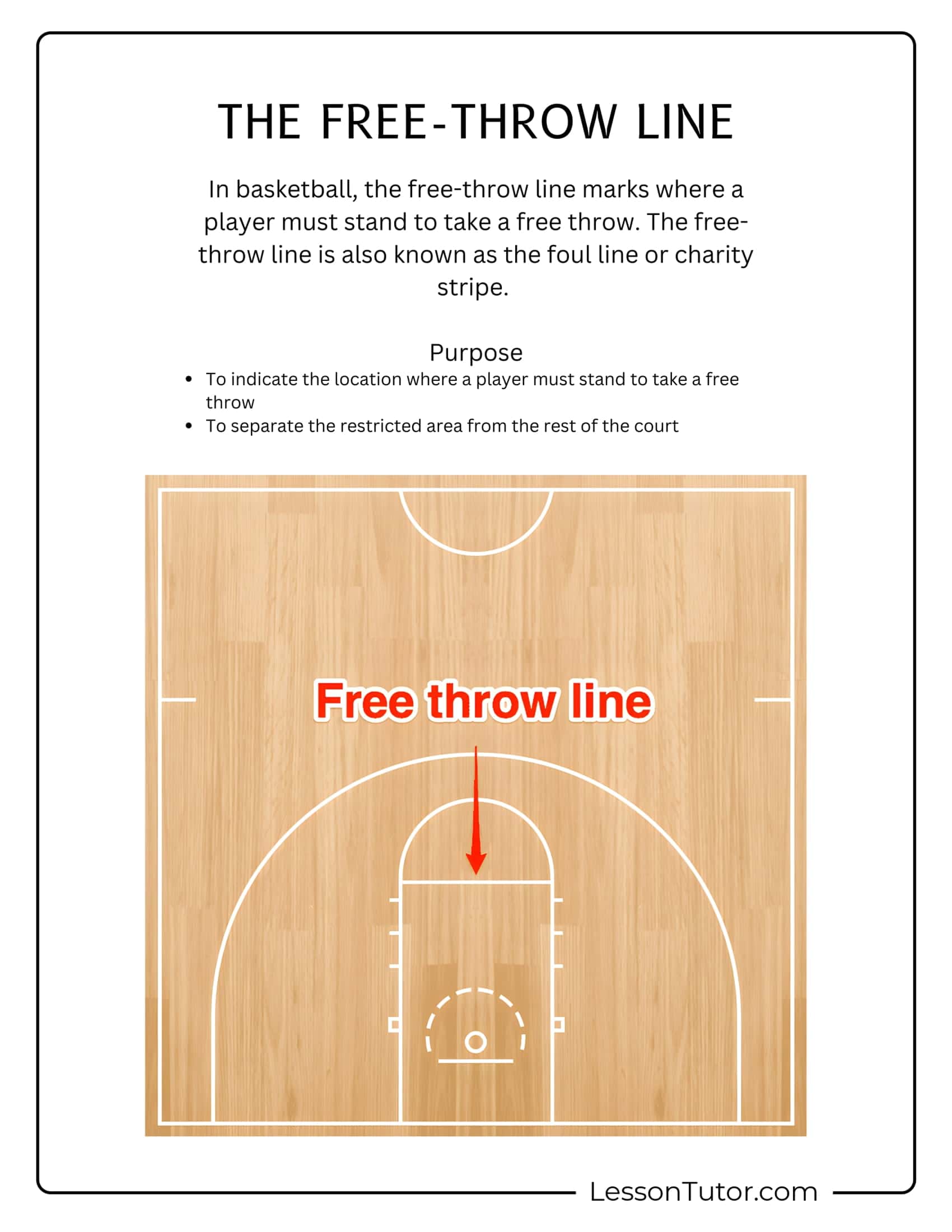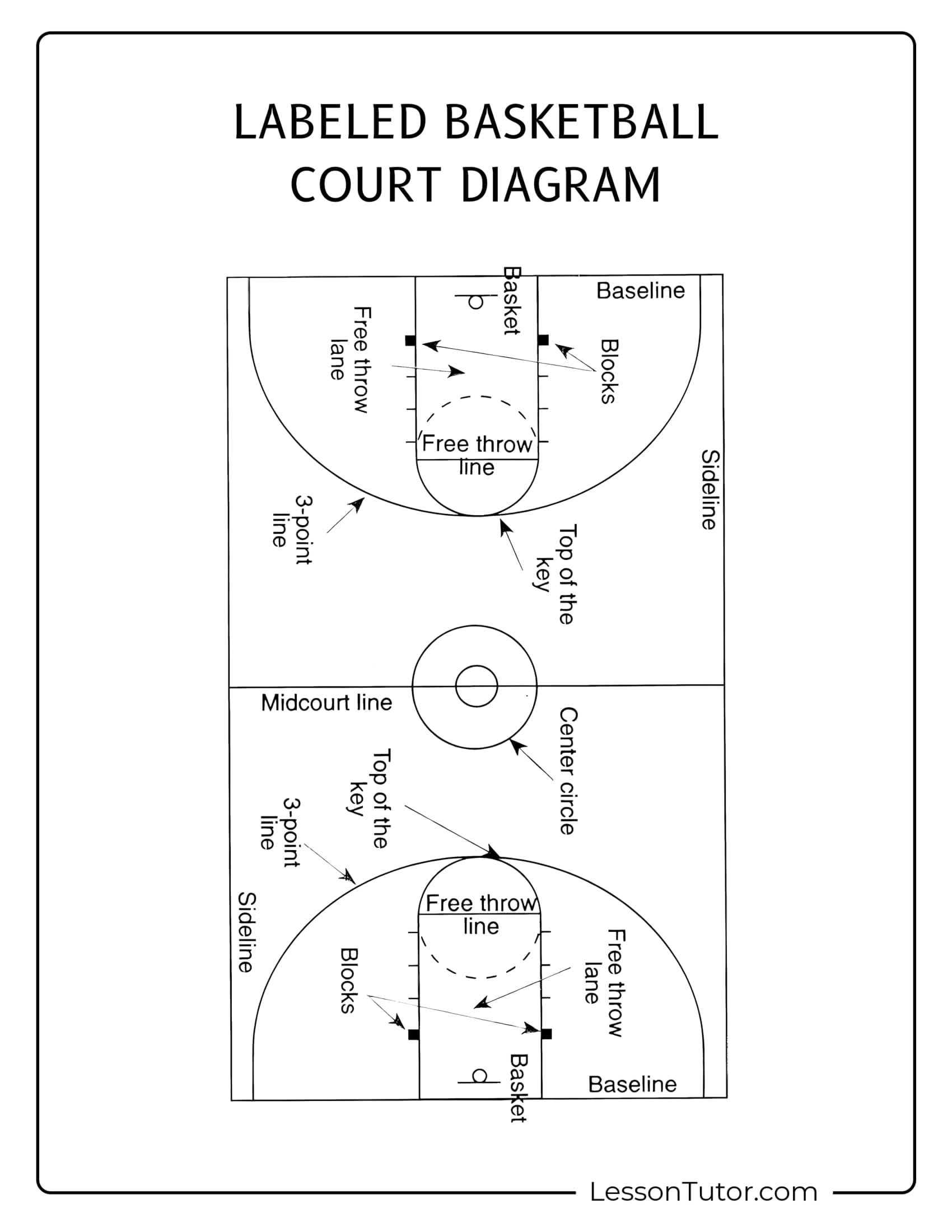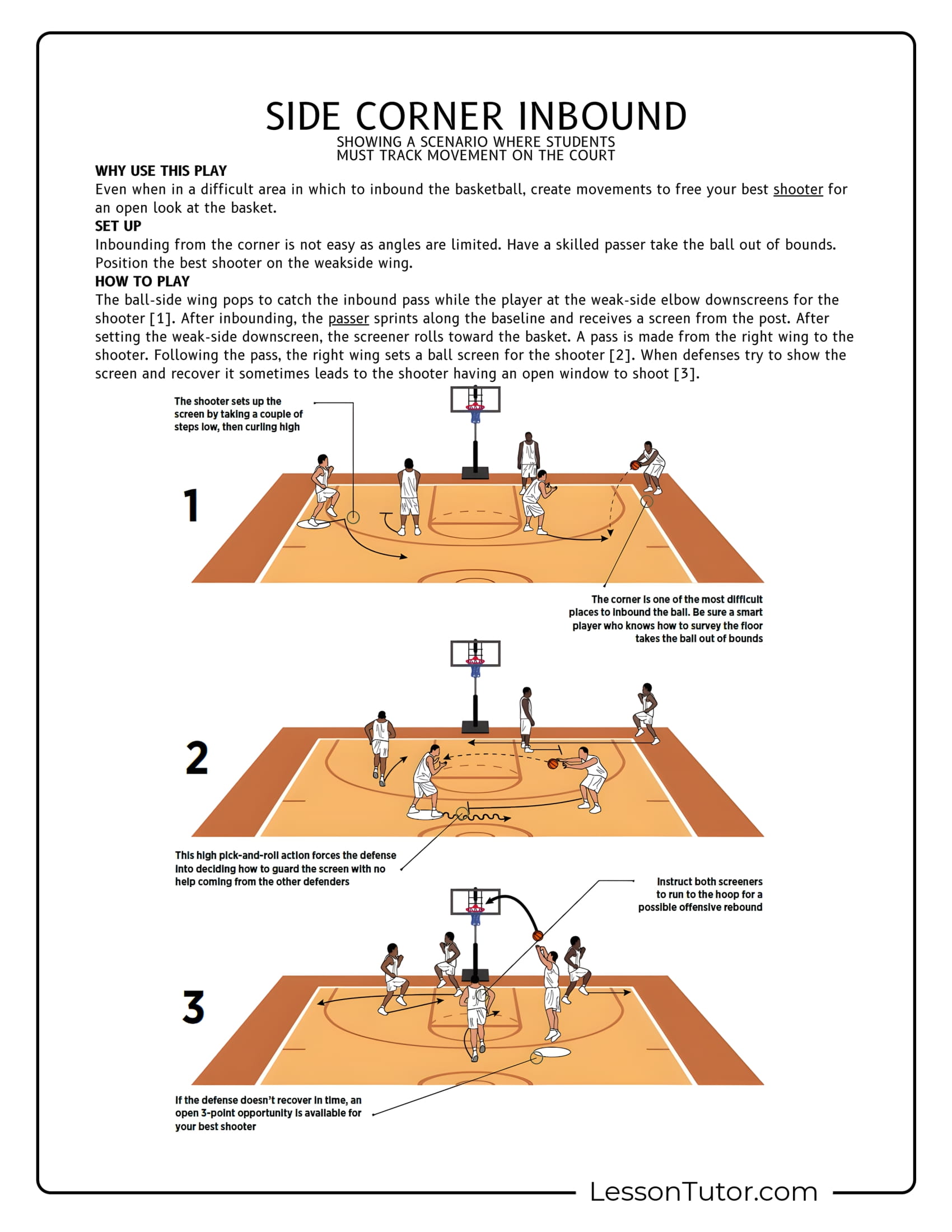Step onto the court and master the fundamentals of basketball court orientation with this dynamic 15 number of worksheets! This set provides students with a labeled basketball court diagram, a blank court for labeling key areas, and a worksheet where they draw essential court markings. Through these activities, learners will gain a deeper understanding of the free-throw line, three-point line, key area, and various court zones, helping them develop a solid foundation in the game.
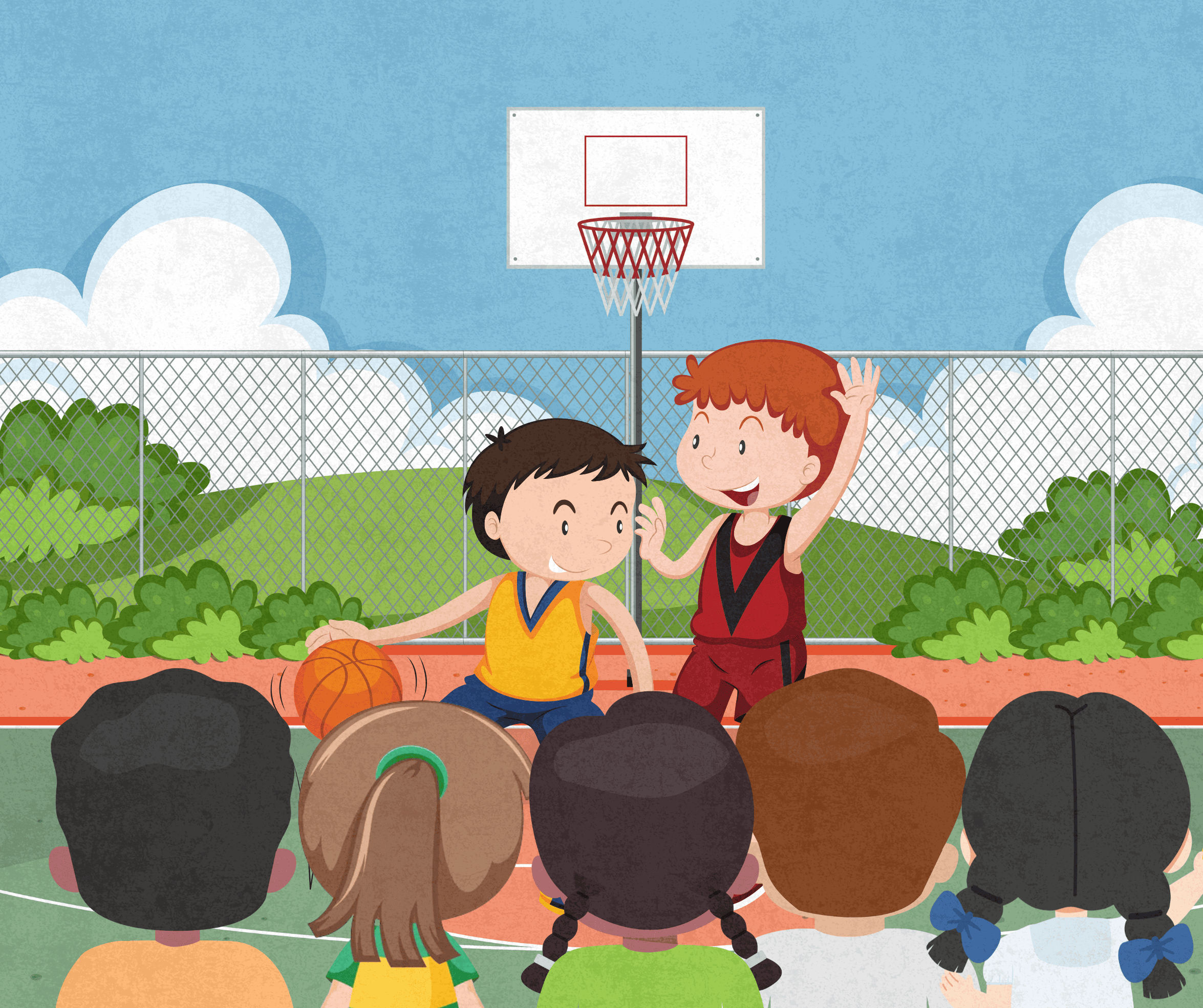
Step onto the court and master the fundamentals of basketball court orientation with this dynamic 15 number of worksheets! This set provides students with a labeled basketball court diagram, a blank court for labeling key areas, and a worksheet where they draw essential court markings. Through these activities, learners will gain a deeper understanding of the free-throw line, three-point line, key area, and various court zones, helping them develop a solid foundation in the game.
Craft Ideas To Do With Basketball Court Orientation Lesson
Engage students with interactive exercises such as a basketball court maze that follows a player’s movement, a coloring activity highlighting important court areas, and a cut-and-paste worksheet where students arrange labels on a blank court diagram. Additional activities introduce offensive and defensive positions, explain inbounding spots, and teach the different types of basketball shots and where they are taken on the court. Whether it’s through labeling, drawing, or problem-solving, these worksheets ensure a fun and hands-on learning experience.
More Free Printable Worksheets
If you're looking for more related worksheet goodies that kids love, we think you'll particularly enjoy these worksheet collections:






